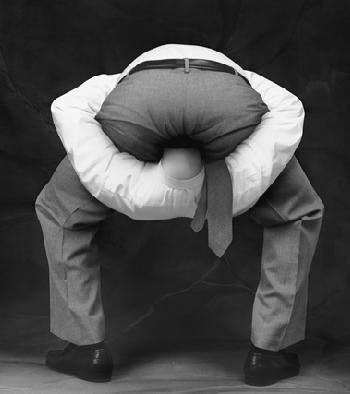
Like many central bankers nowadays Stephen Poloz, Governor of the Bank of Canada, finds himself in a bit of a pickle these days. Like central bankers elsewhere, Poloz is trying to figure out how to bring historically low interest rates to more normal levels without inadvertently triggering another downturn. To walk that line, he must answer two questions: where is normal; and how quickly should policy makers raise borrowing costs to get there?
Considering the above we suspect as a full service Canadian debt collection agency we will continue to have our work cut out for us with already highly leveraged businesses and consumers beginning to feel the pain.
In his comments in late April at a media roundtable in Washington where he was attending the spring meetings of the International Monetary Fund (IMF) Poloz gave few signs that he was in a hurry to raise rates.
He dismissed, for example, the recent inflation spike, which he said will be temporary. He also said plenty of uncertainty remains over where the neutral level for interest rates actually is. While the central bank’s base case estimate is somewhere between 2.5 percent and 3.5 percent, it’s possible it could be as low as the current policy rate of 1.25 percent. “It could very well be the rate it is today,” Poloz said. “I don’t really think that, but anyway, the point is, it could be.” That’s consistent with his cautious narrative, and his reluctance to provide much forward guidance about the future path for rates.
Stephen Poloz is unapologetic about his cautious approach to raising interest rates. He faces constant criticism for stoking debt accumulation with cheap credit. His reluctance to match higher U.S. rates has fueled a drop in the currency. And now there’s a new challenge: Canada’s inflation is rising at the fastest pace in seven years with the CPI climbing 2.3 percent from a year earlier, while at the same time, the jobless rate is at the lowest in four decades and, overall economic expansion is running up against capacity. Even so, Poloz is willing to err on the side of nurturing an economy that’s still feeling the effects of the last global crisis.
Two phenomenon we see as being supportive of Poloz’s cautionary stance, leading to plenty dry powder to tease further growth in the ecomony:
- While the jobless rate is at its lowest point in four decades, real numbers indicate that if the non-participation rate is folded back into employment numbers (as they really should be, accounting for those who have simply given up looking for work) we would be looking at an unemployment rate of closer to 9% versus the headline 5.8 percent number touted by the mainstream.
- In spite of many of those far wiser than us losing their minds over escalating interest rates over the past year, real interest rates ( Bank of Canada Rate 1.25% – Inflation 2.3%) remain well in the negative.
However, should Canada manage to get its self-flagellating collective heads out of its collective asses when it comes to market access; most notably pipeline expansion and the unshackling of rail traffic in order to move our products to international markets, we may very well begin to concern ourselves with the unintended negative consequences that come along with an economy running at capacity.
We see very little chance of Canada performing anywhere near its natural economic potential over the next couple of years so tend to support Poloz in his current cautionary approach. We should begin to consider our low interest rate environment simply as an off-set for our growing tax burden and burgeoning anti-growth regulatory environment, in order to keep the lights on a little longer.